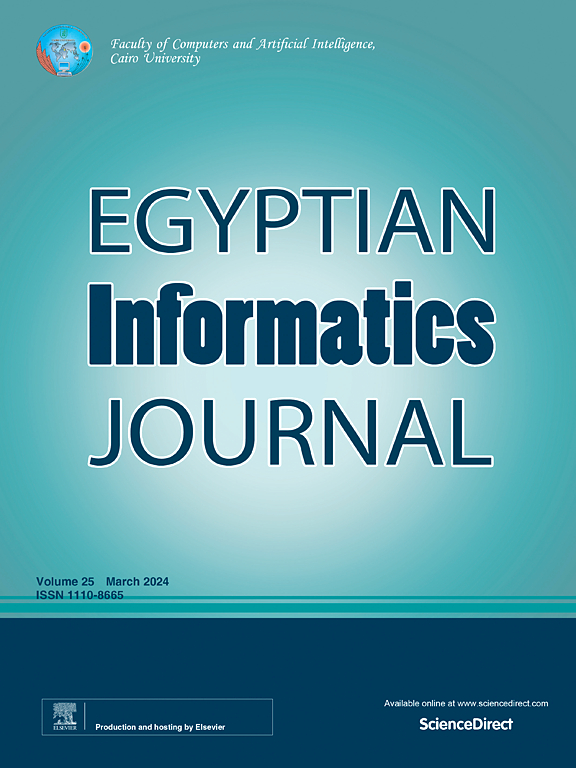Analysis of classification metric behaviour under class imbalance
IF 4.3
3区 计算机科学
Q1 COMPUTER SCIENCE, ARTIFICIAL INTELLIGENCE
引用次数: 0
Abstract
Class imbalance is the phenomenon defined as skewed target variable distributions in a dataset. In other words class imbalance occurs when a dataset has an unequal proportion of target variables assigned to the instances in the dataset. Although the level of class imbalance is simply an inherent property of a dataset, highly skewed class imbalances cause misleading performance evaluations of a classification model to be reported by certain evaluation metrics. This paper reviews the history of existing performance evaluation metrics for classification, and uses a normalisation process to create new variations of these existing metrics which are more robust to class imbalance. Conclusions about the performance of the analysed metrics are drawn by performing the first extensive global sensitivity analysis of classification metrics. A statistical analysis technique, i.e. analysis of variance, is used to analyse the robustness to class imbalance of the existing metrics and the proposed metrics. This paper finds that most performance evaluation metrics for classification problems are highly sensitive to class imbalance, while the newly proposed alternative metrics tend to be more robust to class imbalance.
类不平衡下的分类度量行为分析
类不平衡是指数据集中目标变量分布偏斜的现象。换句话说,当数据集中分配给数据集中实例的目标变量的比例不相等时,就会发生类不平衡。尽管类不平衡的程度只是数据集的固有属性,但高度倾斜的类不平衡会导致某些评估指标报告对分类模型的误导性性能评估。本文回顾了现有的用于分类的性能评估指标的历史,并使用标准化过程来创建这些现有指标的新变体,这些指标对类别不平衡更健壮。通过对分类指标进行第一次广泛的全局敏感性分析,得出了有关所分析指标性能的结论。一种统计分析技术,即方差分析,用于分析现有指标和拟议指标对类别不平衡的稳健性。本文发现,大多数分类问题的性能评价指标对类不平衡高度敏感,而新提出的替代指标对类不平衡的鲁棒性更强。
本文章由计算机程序翻译,如有差异,请以英文原文为准。
求助全文
约1分钟内获得全文
求助全文
来源期刊

Egyptian Informatics Journal
Decision Sciences-Management Science and Operations Research
CiteScore
11.10
自引率
1.90%
发文量
59
审稿时长
110 days
期刊介绍:
The Egyptian Informatics Journal is published by the Faculty of Computers and Artificial Intelligence, Cairo University. This Journal provides a forum for the state-of-the-art research and development in the fields of computing, including computer sciences, information technologies, information systems, operations research and decision support. Innovative and not-previously-published work in subjects covered by the Journal is encouraged to be submitted, whether from academic, research or commercial sources.
 求助内容:
求助内容: 应助结果提醒方式:
应助结果提醒方式:


